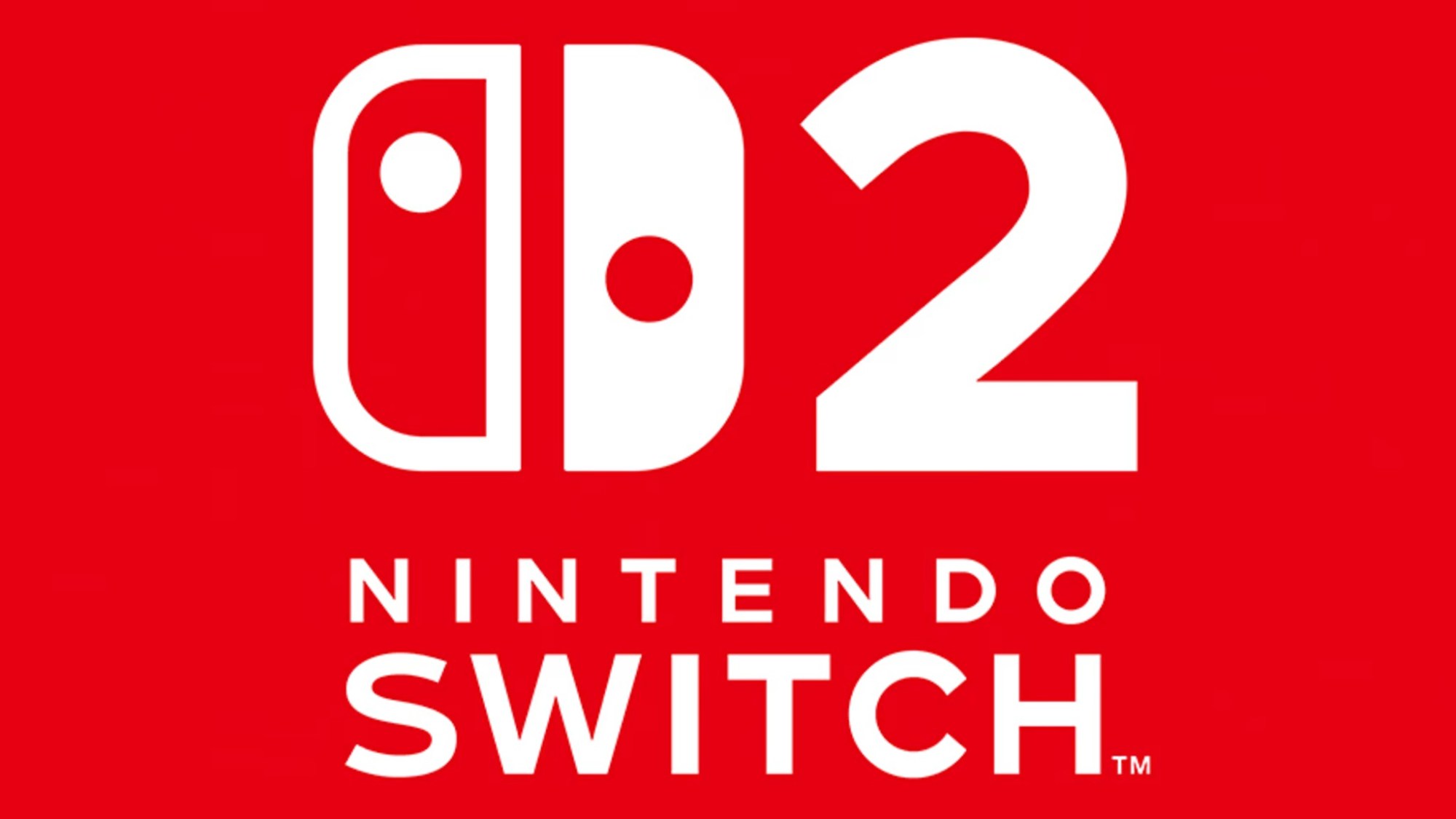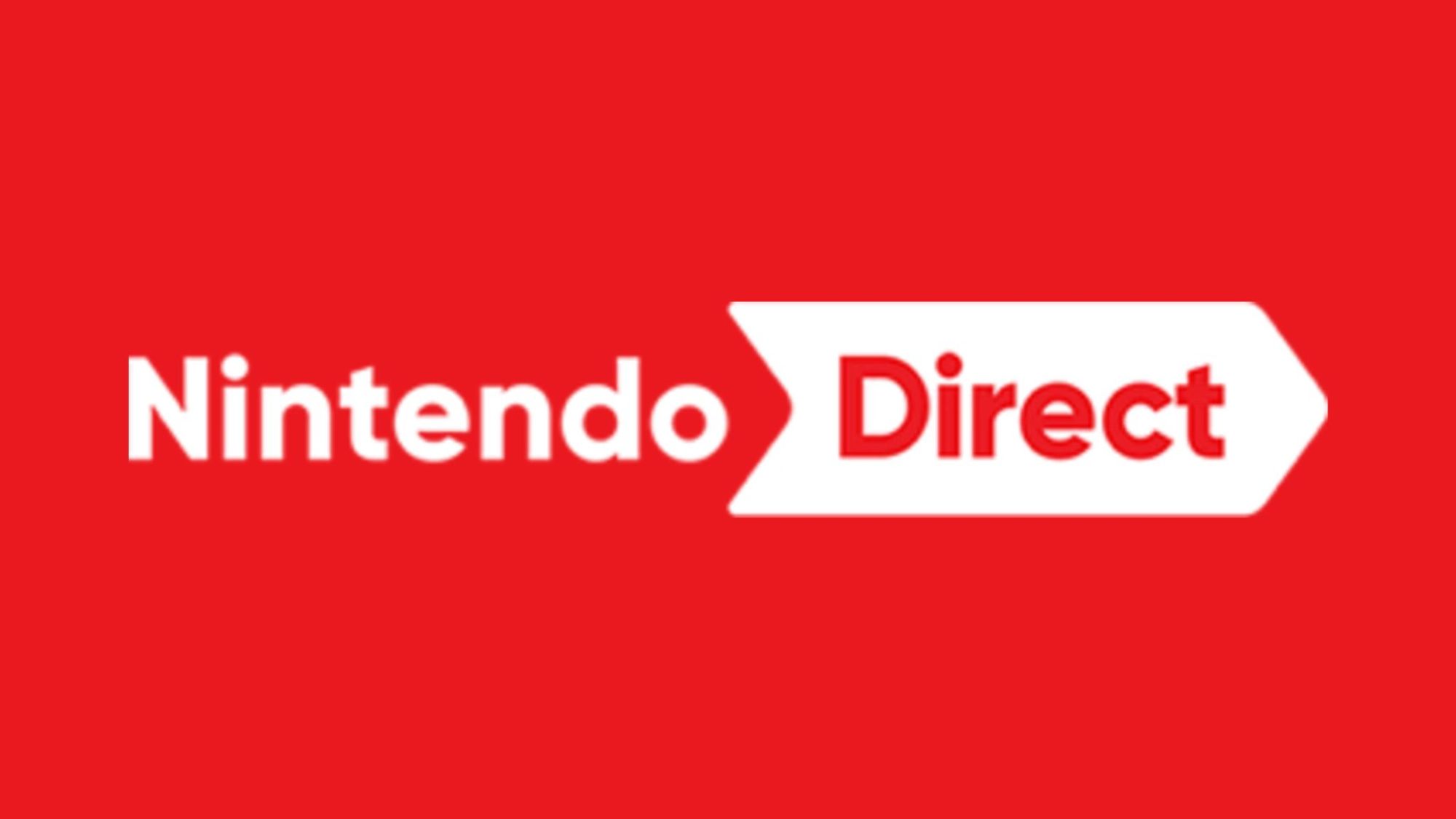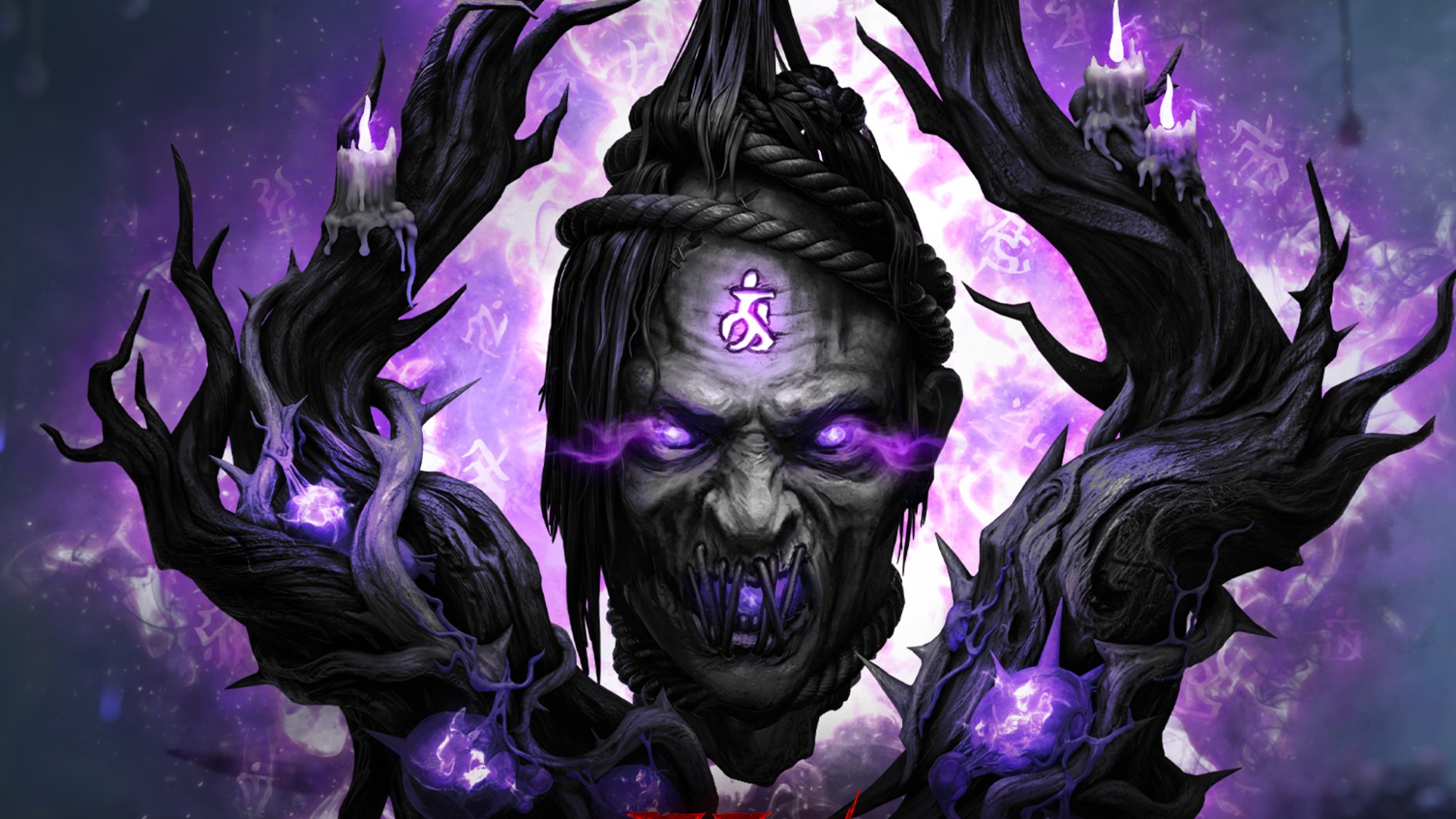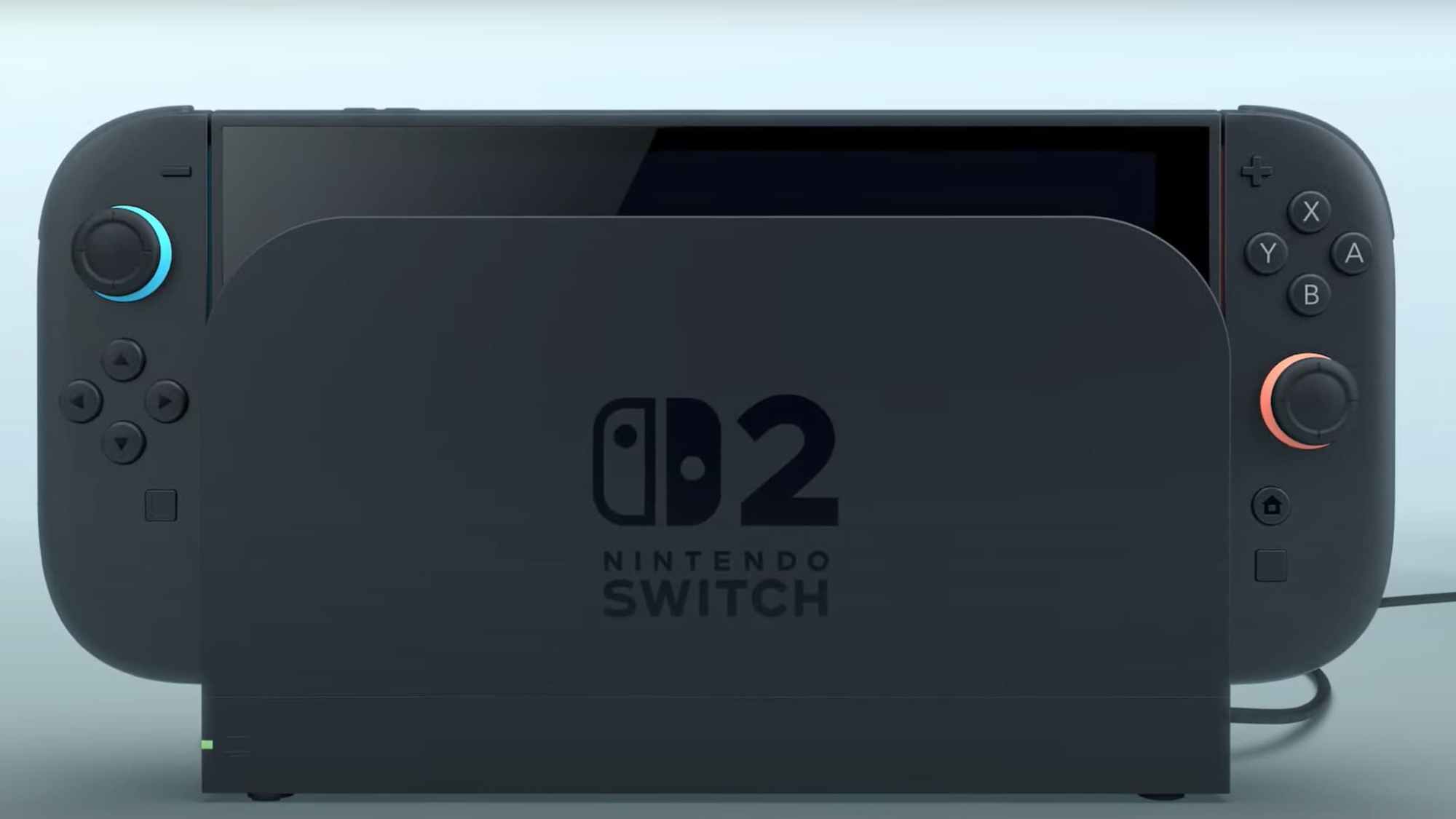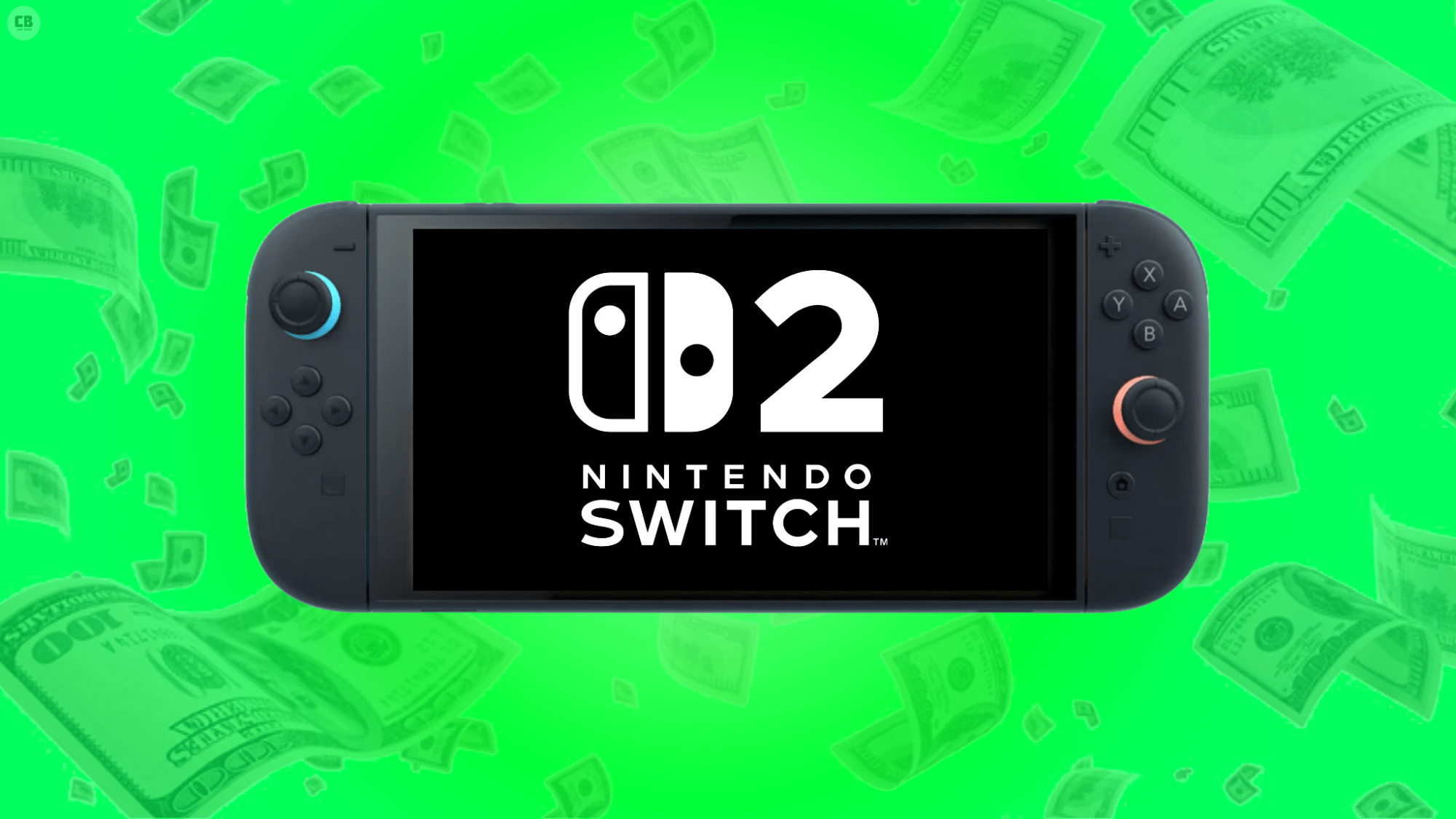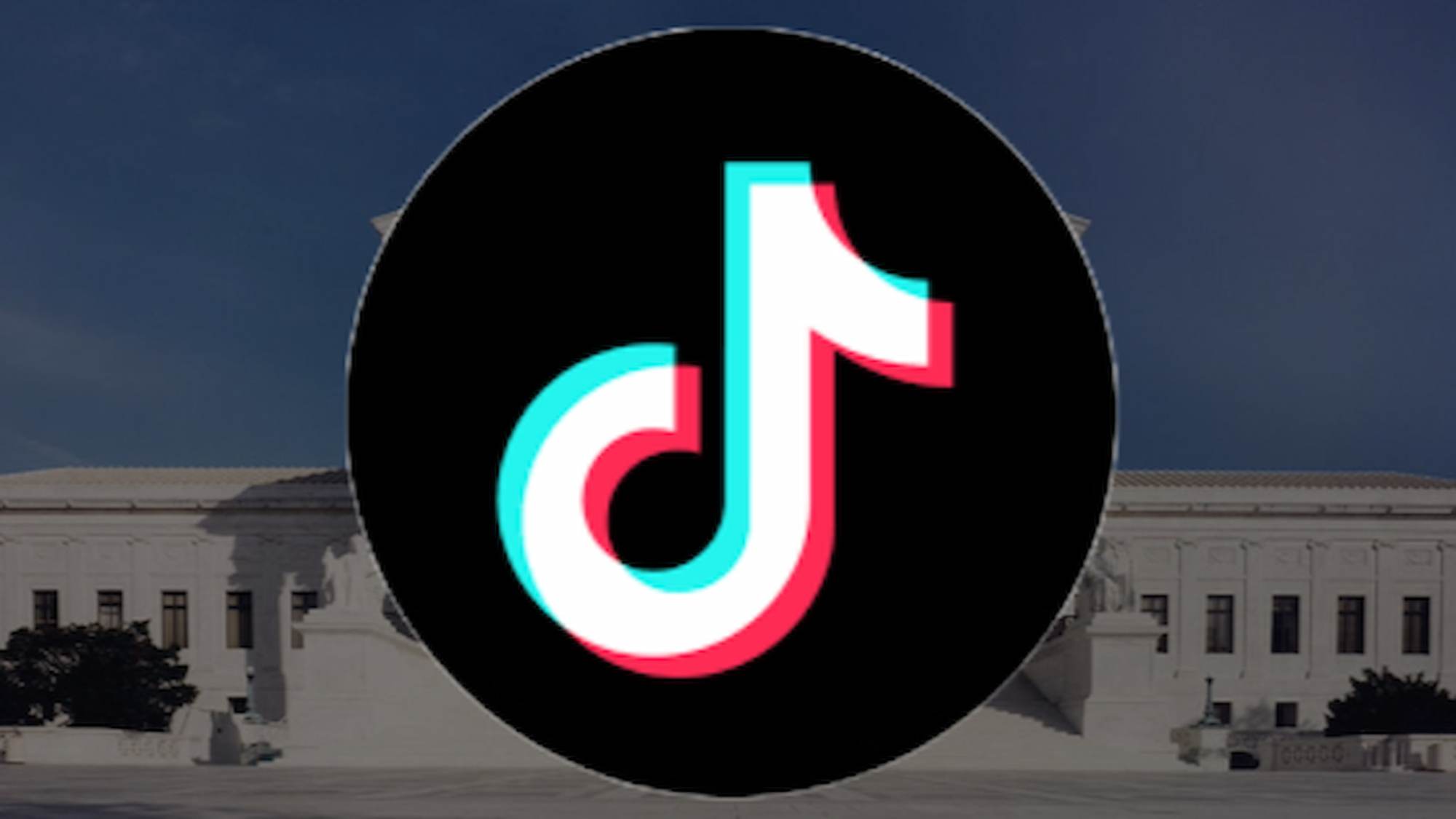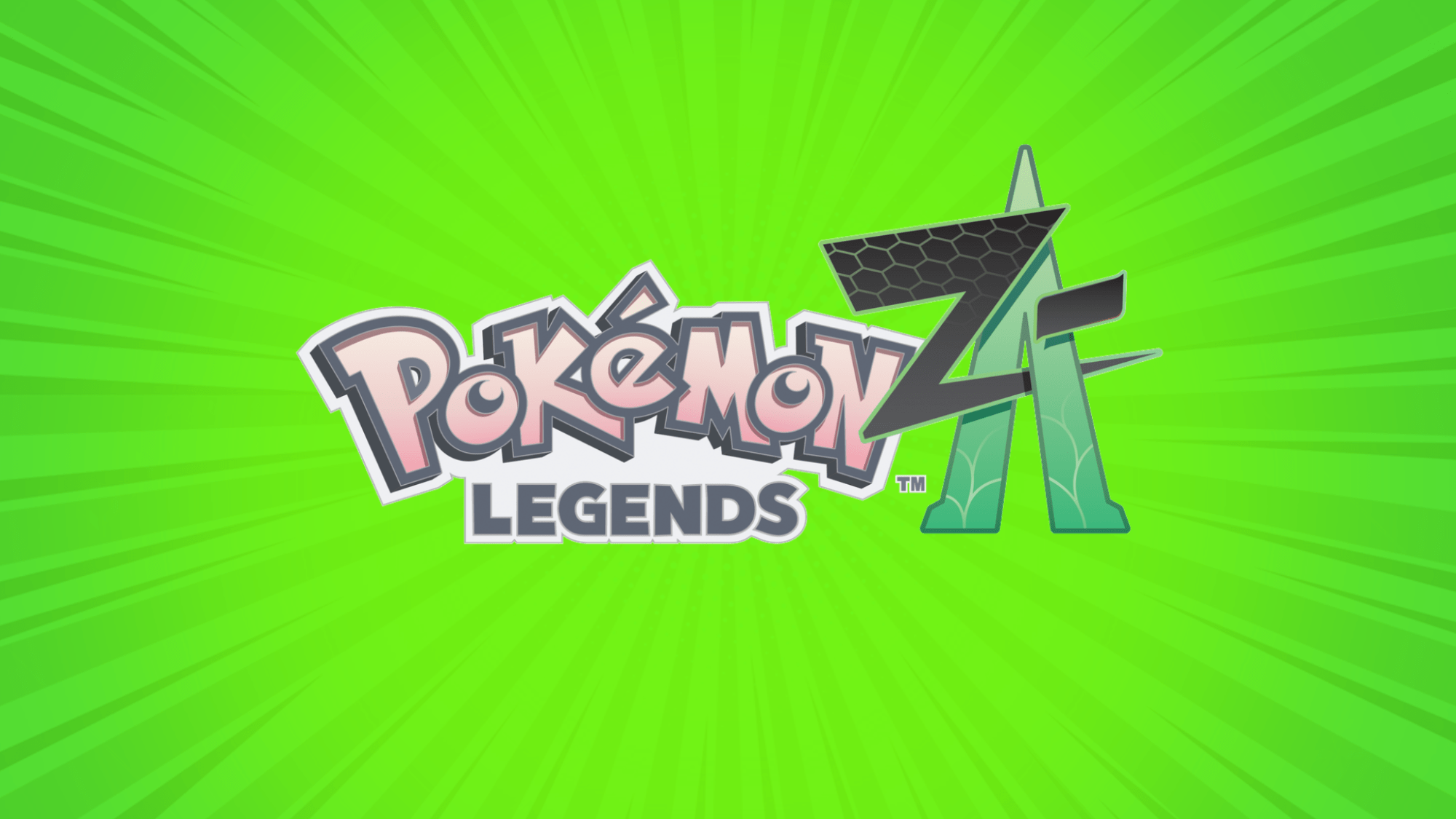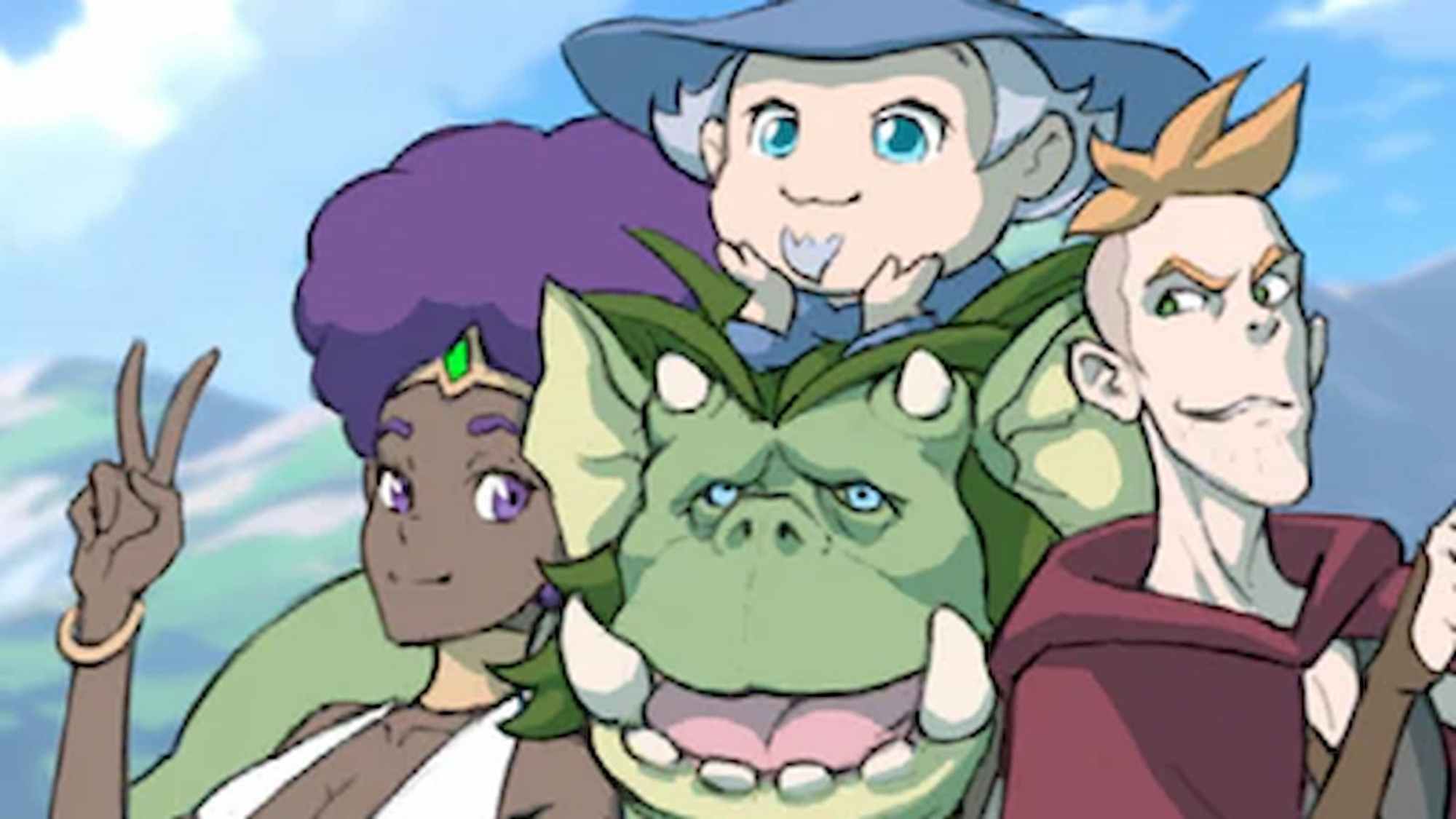Nintendo, a titan in the gaming world, recently unveiled the Nintendo Switch 2, sparking excitement and speculation among fans. The company, known for iconic franchises like Mario, Zelda, and Metroid, has a history of innovation, sometimes met with both success and setbacks. The Switch 2 follows the incredibly successful Nintendo Switch, a console that revolutionized portable gaming and inspired competitors like Steam to develop their own handheld devices. This highly anticipated reveal offered a first glimpse at the new console, teasing updated features and even a new Mario Kart title. However, amidst the flurry of announcements, one subtle yet significant change went largely unnoticed: the sound.
A New Sound for a New Generation
Nintendo Switch owners are intimately familiar with the satisfying snap that accompanies the Switch logo, a sound synonymous with the console and often a precursor to exciting game reveals in Nintendo Directs and trailers. The Switch 2, however, introduces a different auditory cue: a clap. This seemingly minor alteration stems from a fundamental change in how the Joy-Cons connect to the console.
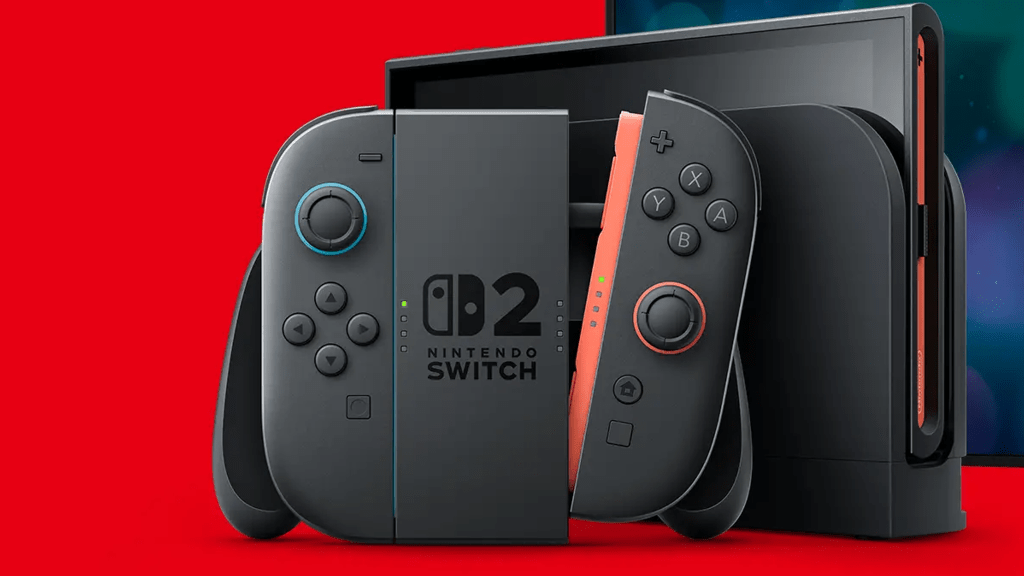 altThe original Switch’s snap originated from the Joy-Cons sliding onto rails. The Switch 2, however, utilizes magnets to secure the Joy-Cons, resulting in a sideways attachment motion and the subsequent clap sound. While a small detail, this change underscores Nintendo’s efforts to differentiate the new console from its predecessor.
altThe original Switch’s snap originated from the Joy-Cons sliding onto rails. The Switch 2, however, utilizes magnets to secure the Joy-Cons, resulting in a sideways attachment motion and the subsequent clap sound. While a small detail, this change underscores Nintendo’s efforts to differentiate the new console from its predecessor.
Distinguishing the Switch 2
Given the visual similarities between the two consoles, establishing distinct identities is crucial. The new clap sound is just one way Nintendo is achieving this. The company’s previous console, the Wii U, suffered from confusion due to its name and perceived connection to the Wii. Learning from this experience, Nintendo is likely taking steps to ensure the Switch 2 stands apart.
Looking Ahead
Many questions remain about how Nintendo will further distinguish the Switch 2. Will the console feature distinct colors or unique box art? The original Switch heavily utilized the color red in its branding, a trend that seems to continue with the Switch 2. It remains to be seen whether significant changes will be made to game packaging beyond the addition of the “2” designation. While backward compatibility is confirmed, not all Switch games will be playable on the new console. Further details are expected in the upcoming Nintendo Switch 2 Direct scheduled for April. This event will hopefully shed more light on the console’s features, game library, and other differentiating factors. The subtle shift from a snap to a clap may seem insignificant, but it symbolizes a new era for Nintendo’s hybrid console, marking a departure from the familiar and a step towards the future of portable gaming.



